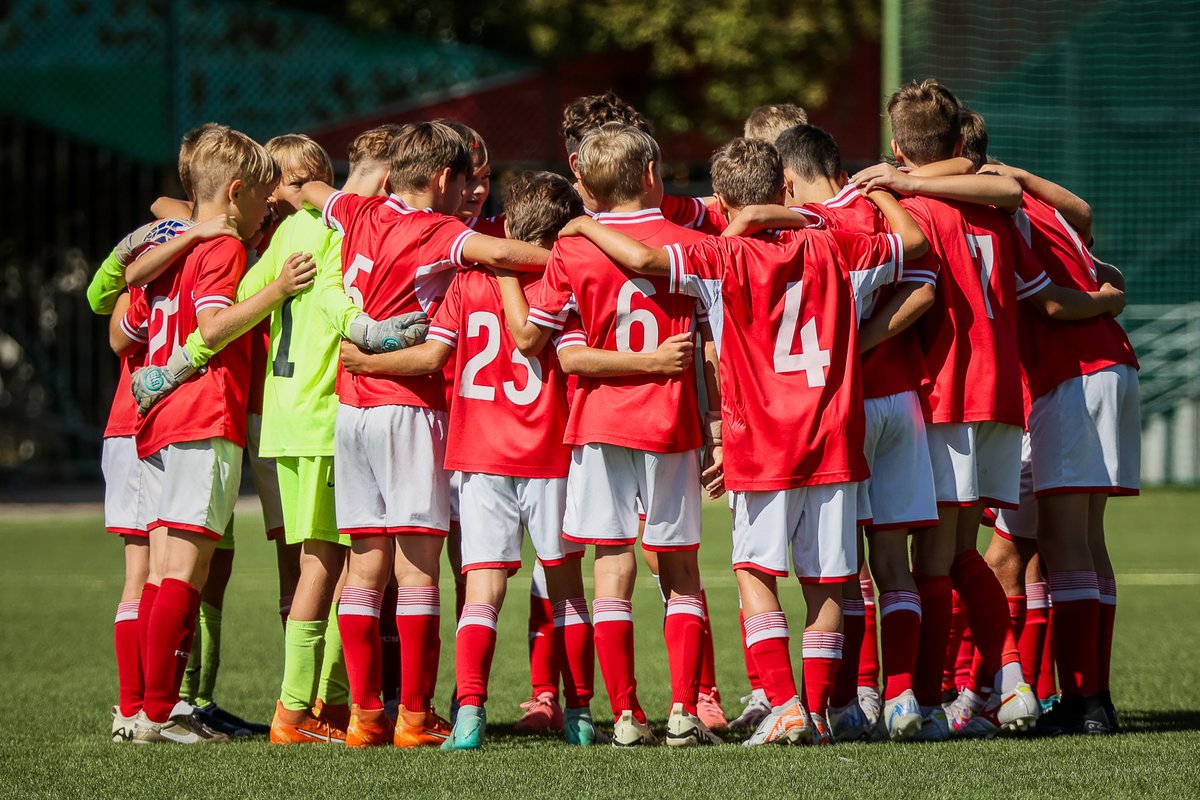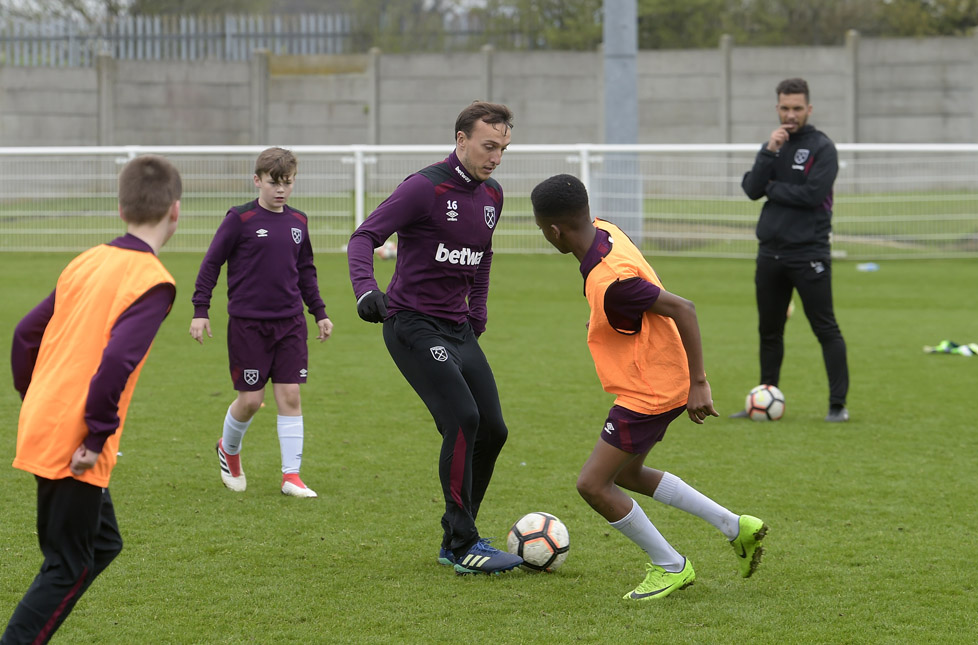
I’m a UEFA Pro Licensed coach with 15+ years and 600+ matches. I help football coaches build brave, fast, and competitive players at every level.
How to get URL link on X (Twitter) App


 2.
2.
 2.
2.
 2.
2.
 2.
2.
 2.
2.
 2.
2.

 2.
2.
 2.
2.
 2.
2. 
 2.
2.
 2.
2.
 2.
2.